University of South Australia (UniSA) and Deakin University, Victoria researchers have found there are more benefits to households with solar panels using a peer-to-peer (P2P) energy sharing system as “prosumers”, selling surplus power to neighbours, which helps grid stability and potentially improve on current market retailer feed-in tariffs.
The researchers say the role of prosumers is increasingly pertinent with almost 40% of Australian households or 4.1 million homes, using rooftop solar, overloading the grid with excess energy and driving down the feed-in tariff that raises doubts about the economic value of the technology.
Using real-world data from a 10 kW solar-powered home in Geelong, 75 kilometres southwest of Melbourne, the study simulated energy generation, consumption and sharing across four models over 12 months, including interactions with three neighbouring consumers.
Results are published in the Renewable Energy journal called Technical and economic analyses of grid-connected residential PV considering batteries and peer-to-peer energy sharing, which compares the different energy models to help householders and energy policy makers design more efficient, community-based solar systems.
The models include:
- Peer-to-grid (P2G) – exporting excess energy to the grid
- P2G with batteries – storing surplus energy before selling to the grid
- Peer-to-peer (P2P) – sharing surplus energy with nearby householders at an agreed price
- P2P with batteries – storing energy for self-use, then sharing remaining surplus with neighbours

Image: University of South Australia, Creative Commons license 4.0
UniSA Lead Author and Researcher Dr Kevin Wang said the modelling revealed that under current conditions, P2P energy sharing saw neighbours’ grid electricity consumption drop by more than 30%, and when coupled with a 10 kWh battery could deliver the highest return – $4,929 (USD 3,166)– for solar owners over 20 years.
“P2P energy sharing delivers significant benefits compared to traditional grid export arrangements, particularly when feed-in tariffs are low,” Wang said.
“Under current conditions in Victoria, the feed-in tariff is less than 5 cents per kWh, while the retail price is around 28 cents. Selling surplus PV energy directly to neighbours at a mutually agreed price in between can be more profitable for solar householders and still cheaper for buyers.”
Wang added that in contrast, all peer-to-grid scenarios resulted in negative returns over the same period due to low feed-in tariffs and high battery costs.
“Battery size proved critical. Systems with oversized batteries saw returns diminish due to higher capital and maintenance costs and reduced surplus energy,” Wang said.
The study found, without batteries or P2P energy sharing, the household exported almost 12,800 kWh to the grid annually, with self-consumption rates of just 14.6%.
Adding a 5 kW battery to a P2P energy sharing arrangement raised self-consumption to nearly 38% but reduced the surplus available to neighbours because battery charging took priority. Researchers found an optimal battery size matters, where the shortest payback period – 12 years – was achieved with a 7.5 kWh battery under the P2P model.
“Adding a 5 kW battery lifted self-consumption to 22% and reduced grid imports but did not help the neighbour, and due to the high initial purchase cost of batteries, the householder did not generate any profits,” the researchers said.

Image: University of South Australia, Creative Commons license 4.0
Deakin University Co-author Professor Chunlu Liu said the study highlights a trade-off between battery use and community sharing.
“When batteries are used, they benefit the solar owner by reducing their grid reliance, but this can limit the amount of energy shared with neighbours because they are fully charged before any surplus energy is shared. The challenge is to find a balance that works for everyone,” Lui said.
This content is protected by copyright and may not be reused. If you want to cooperate with us and would like to reuse some of our content, please contact: editors@pv-magazine.com.
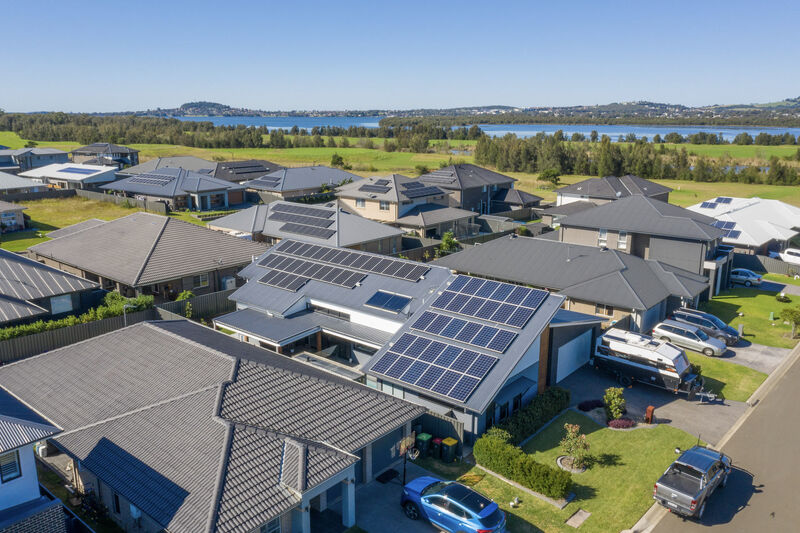
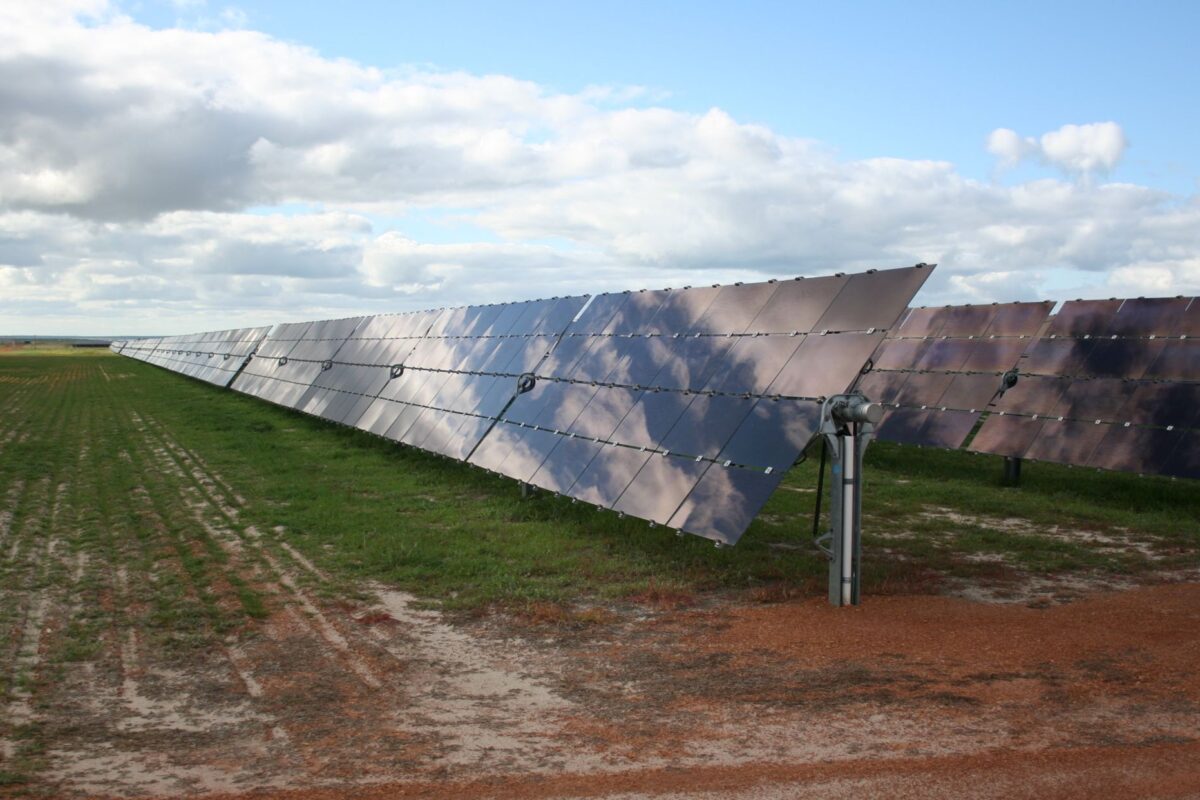


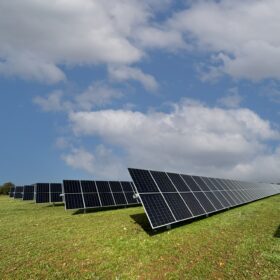
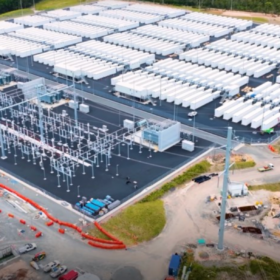
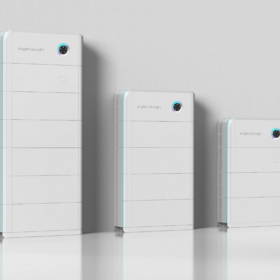
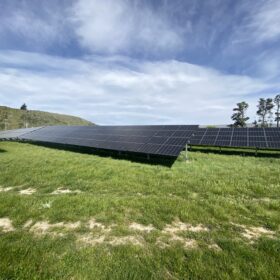

By submitting this form you agree to pv magazine using your data for the purposes of publishing your comment.
Your personal data will only be disclosed or otherwise transmitted to third parties for the purposes of spam filtering or if this is necessary for technical maintenance of the website. Any other transfer to third parties will not take place unless this is justified on the basis of applicable data protection regulations or if pv magazine is legally obliged to do so.
You may revoke this consent at any time with effect for the future, in which case your personal data will be deleted immediately. Otherwise, your data will be deleted if pv magazine has processed your request or the purpose of data storage is fulfilled.
Further information on data privacy can be found in our Data Protection Policy.